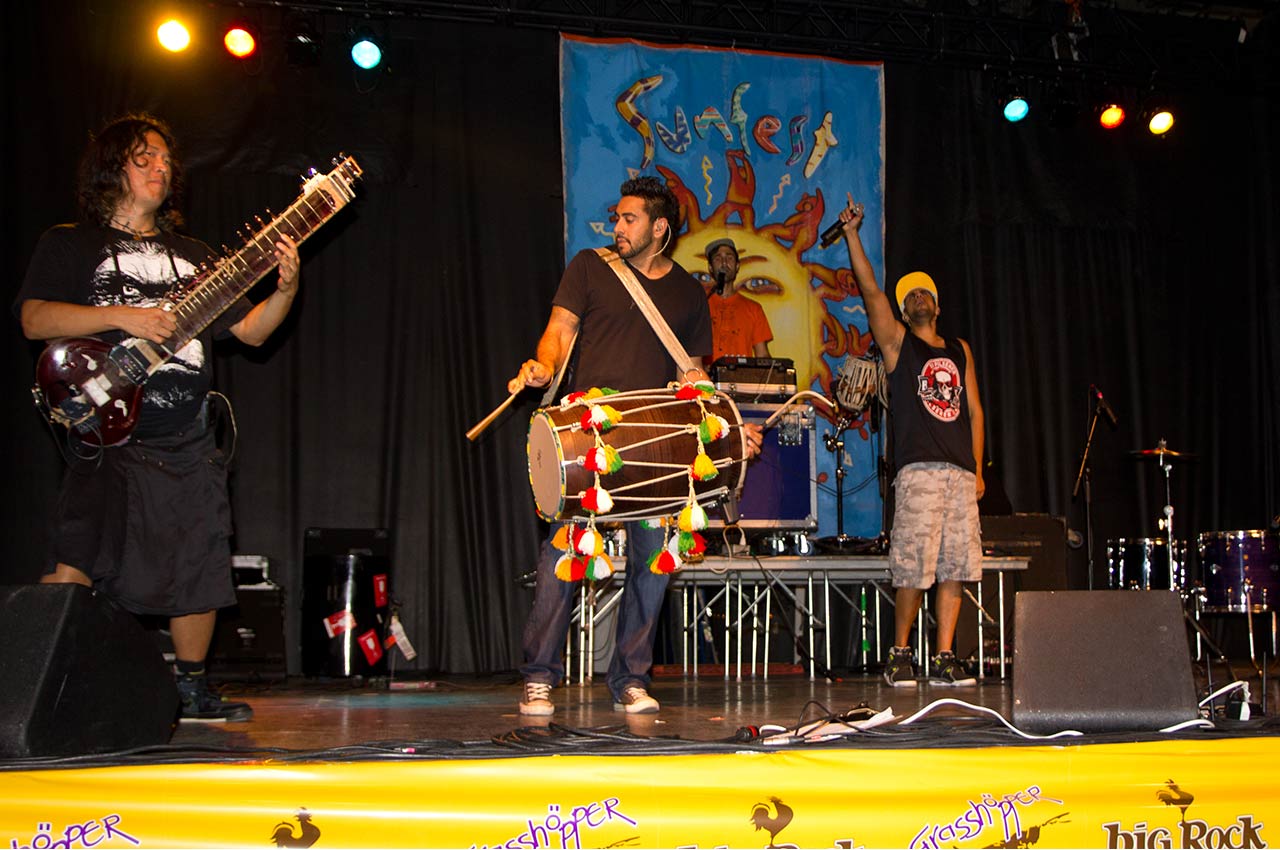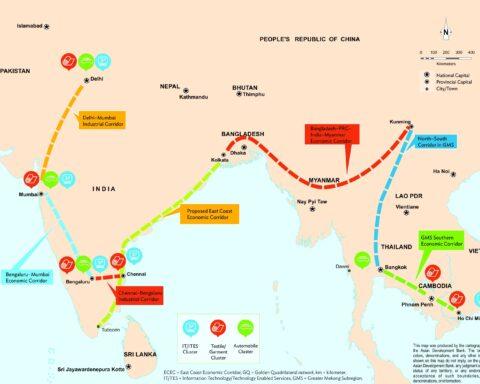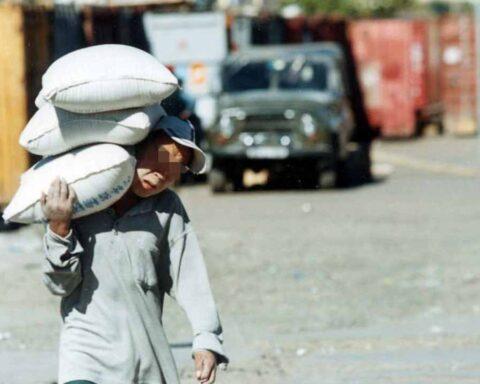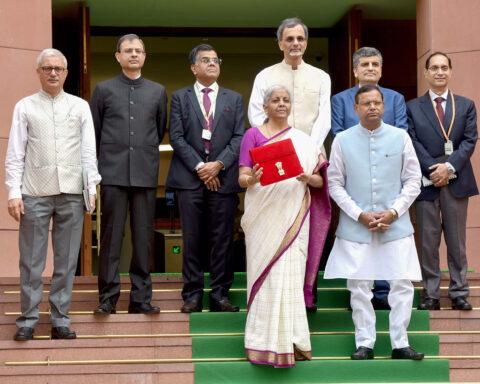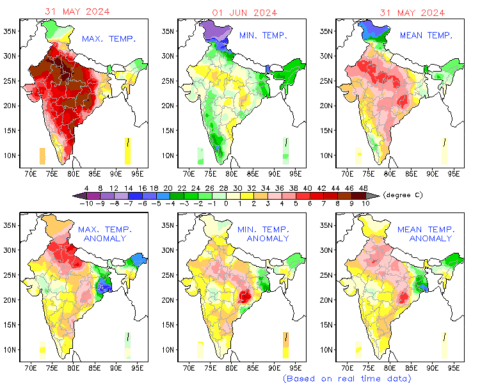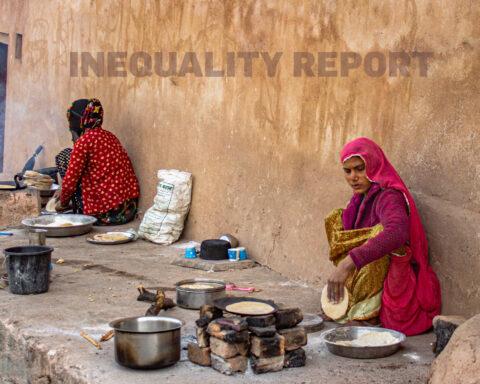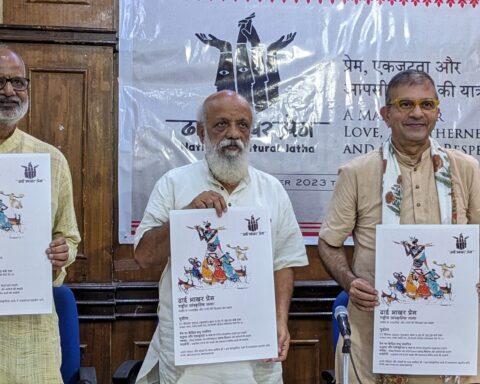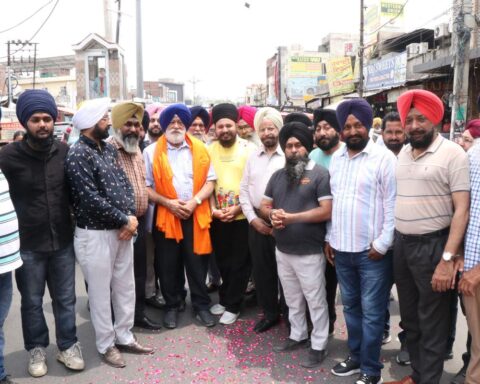In 2008, Ramandeep Singh of Nawanshahr was desperate to emigrate to the US. On his first attempt, the US Embassy rejected his immigrant visa application. The “rejected” stamp on his passport poured cold water on his Great American Dream. But the tenacious young man was not one to give up easily. Soon after, he sought the help of an immigration agent from Jalandhar—the likes of whom dot Punjab’s urban landscape. The agent asked Singh to fork out ₹11 lakh for his services. After receiving the money, the agent introduced Singh to a well-known Punjabi singer, which set the immigration plan in motion that unfolded over the next two months.
The agent helped Singh to procure another passport under a different name—using forged documents and with the connivance of unscrupulous officials at the Regional Passport Office—and enlisted him as a member of the musician’s troupe (the latter took a healthy cut from the agent). Disguised as an accompanying member of the musician’s troupe, Singh finally landed in California. The rest is history: he threw away his travel document and disappeared deep inside the labyrinthine US underground immigrant market. One is not certain about his current residential status in the US, but it’s clear that soon after he jumped ship in a foreign land, the dollars started flowing in back home and the economic condition of the family of manual labourers improved drastically.

